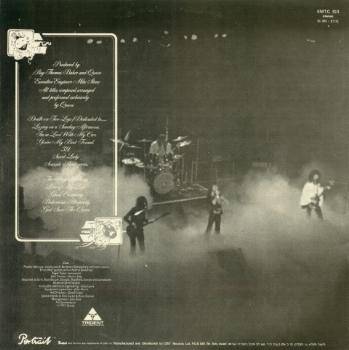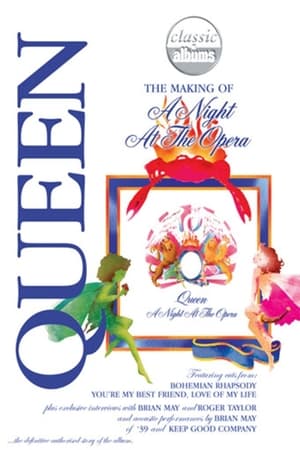

Spending nine consecutive weeks at No 1 in the UK, and No 1 in many other territories too, it soon established itself as a one of the most revered and beloved six minutes in the history of rock music. On December 31, 1975, three weeks prior to the release of A Night At The Opera, Mercury's most celebrated composition of all, the gigantic, mesmerizing, spellbinding, ground breaking, epic masterpiece magnum opus – "Bohemian Rhapsody" was released, and took the world, and fellow artists, it must be said, completely by storm. The album went top 5 in the US, and achieved gold status there, helped in no small part by extensive and equally exhausting tours around the world. 1 album, and also their first to achieve platinum sales status. A Night At The Opera very quickly became Queen's first No. Opera spans all kinds of musical styles and genres and veers off at tangents as unlikely the album title itself. Every track is strong and, let's not overlook the obvious, every moment from beginning to end is beautifully recorded. Referred to by May as "Queen's Sgt Peppers," A Night At The Opera is a wonderfully rich and diverse gathering of carefully constructed and, some might say, unlikely compositions from all four band members. Though it was never in any doubt within the band, it proved that "Seven Seas Of Rhye" and "Killer Queen" were not fleeting hits from another glam-type British wannabe band Queen were here to stay and "Bohemian Rhapsody" and The Opera would confirm it conclusively for those in any doubt. Opera would propel Queen on to the world stage on a mammoth scale and establish them as a major international force. Once again the band produced the album with trusted collaborators Roy Thomas Baker and Mike Stone, and what emerged was a genuine triumph on all levels, meticulously pieced together to make the best possible album.

The sessions were long and grueling and spanned four long months. Such was the complexity of the compositions that no less than six different studios were employed with the band members often recording various parts simultaneously in order to work most efficiently and get through it all.

Queen's fourth and probably best known album, was recorded in England between August and November 1975. Sourced from the Original Master Tapes with Mastering by Bob Ludwig & Half-Speed Lacquers Cut at Abbey Road Studios


 0 kommentar(er)
0 kommentar(er)
